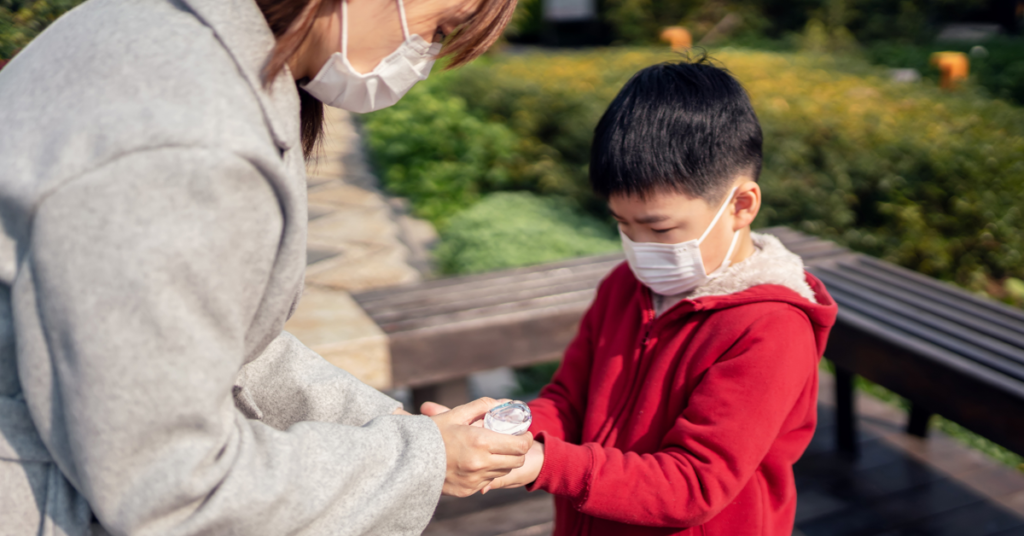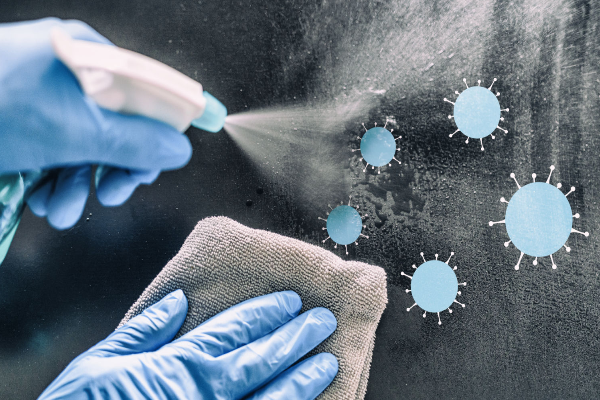Each year, norovirus causes millions of cases of vomiting and diarrhea worldwide, making it one of the leading causes of foodborne illness. As a result, its prevention and understanding are vital for public health. Norovirus prevention and symptoms are vital topics to address to mitigate its spread effectively. Understanding norovirus prevention and symptoms can empower families to take necessary precautions. Additionally, it ensures timely action to avoid complications. For instance, it is responsible for numerous outbreaks in schools, hospitals, and care facilities. Its highly contagious nature means that entire families can be affected if just one person contracts the virus. Norovirus can spread quickly in households, schools, and community settings, causing discomfort and disruption to daily life. Consequently, implementing preventative measures becomes even more critical. To combat this, emphasizing norovirus prevention and symptoms is essential.
Preventing norovirus and understanding its symptoms are crucial to keeping your family safe. Moreover, these measures can reduce the likelihood of outbreaks in communities. Addressing norovirus prevention and symptoms proactively reduces the risk of widespread outbreaks. By focusing on norovirus prevention and symptoms, families can build healthier habits. In this article, we’ll provide actionable tips on preventing norovirus, recognize its symptoms early, and manage the virus effectively to protect your loved ones.

I. Understanding Norovirus Prevention and Symptoms
Norovirus is a highly contagious virus that causes gastroenteritis, an inflammation of the stomach and intestines. Highlighting norovirus prevention and symptoms helps reduce the risk of infection in families. Overuse of antibiotics can lead to resistance, complicating treatments for bacterial infections that can follow viral illnesses. Learn more at The Silent Threat of Antibiotic Resistance.
How Norovirus Spreads and Why Prevention Matters
Norovirus can spread through:
- Contaminated food and water: Improperly cooked or handled food can carry the virus.
- Person-to-person contact: Close contact with an infected individual can easily transmit the virus.
- Touching contaminated surfaces: Norovirus can survive on surfaces for days, thus making shared spaces a breeding ground for infection.
Common Symptoms
Symptoms of norovirus usually appear 12-48 hours after exposure and include the following key indicators:
- Nausea and vomiting
- Diarrhea
- Stomach cramps
- Low-grade fever and muscle pain in some cases
Risks and Complications
While most people recover within 1-3 days, certain groups are at higher risk for complications, including young children, older people, and individuals with weakened immune systems. Severe dehydration is the most significant complication, requiring immediate medical attention.
II. Essential Tips for Norovirus Prevention and Safety
The Power of Handwashing
In addition to hygiene, regular handwashing is one of the most effective ways to prevent norovirus. Wash hands thoroughly with soap and water, especially:

- Before eating or preparing food
- After using the restroom
- After cleaning up after someone who is ill
Hand sanitizers are helpful but less effective against norovirus compared to soap and water. Thus, regular handwashing remains the primary defense against the virus. Therefore, thorough handwashing should always be prioritized.
Disinfecting Surfaces
Frequent cleaning and disinfecting can reduce the spread of norovirus in your home. Use bleach-based cleaners to: Learn more about proper cleaning techniques at EPA’s Disinfection Guidelines.
- Wipe down kitchen counters, bathroom fixtures, and doorknobs
- Clean toys and shared items

Ensure thorough cleaning after any vomiting or diarrhea incidents, as norovirus particles can linger in the air and on surfaces.
Proper Food Handling
- Wash fruits and vegetables under running water before eating or cooking.
- Cook seafood thoroughly to the recommended temperature.
- Avoid preparing food if you or a family member is experiencing norovirus symptoms, as the virus can contaminate food easily.
Tips for Public Places
When traveling or visiting crowded places:
- Carry disinfectant wipes for commonly touched surfaces like airplane tray tables or shopping carts.
- Avoid buffets or salad bars in areas where norovirus outbreaks are reported.
III. Recognizing Norovirus Symptoms Early
Furthermore, recognizing symptoms early can help prevent the spread of norovirus and ensure prompt management. Pregnant women are particularly vulnerable and should take extra precautions to avoid infections like norovirus. For detailed insights, visit Prenatal Care: Empowering Your Pregnancy. Key symptoms include:

- Nausea and vomiting: These are often the first signs of norovirus.
- Diarrhea: Watery stools are common and can lead to dehydration if not managed.
- Stomach cramps and fever: Accompanied by fatigue and body aches in some cases.
Symptoms typically appear quickly after exposure and can last 1-3 days. Consequently, early detection and management are essential to recovery. Therefore, monitor vulnerable family members closely for any signs of worsening health, such as:
- Persistent vomiting
- Inability to keep liquids down
- Symptoms of dehydration, including dry mouth, dizziness, or reduced urination.
IV. Managing Norovirus Prevention and Symptoms at Home
If a family member contracts norovirus, taking immediate steps can minimize its impact and prevent the virus from spreading further.
Hydration is Key
Norovirus often leads to dehydration due to vomiting and diarrhea. Keep the affected person hydrated by:
- Offering oral rehydration solutions or diluted sports drinks
- Providing small sips of water regularly
- Avoiding caffeinated or sugary beverages, as they can worsen dehydration

Rest and Isolation
Moreover, encourage the sick person to rest and recover. Limit their contact with others to prevent spreading the virus. Ensure they use a separate bathroom if possible and avoid preparing food for others.
Cleaning and Disinfection
After vomiting or diarrhea incidents, clean the area thoroughly:
- Use gloves and dispose of waste in double-lined bags.
- Disinfect surfaces with bleach-based cleaners.
- Wash contaminated clothing and linens in hot water.
When to Seek Medical Attention
Seek immediate medical help if: For further guidance, consult WHO’s Norovirus Factsheet.
- Symptoms persist beyond three days
- The person shows signs of severe dehydration
- There is blood in the stool or vomit
Norovirus can be disruptive and distressing, but with proactive measures, you can protect your family from its impact. Remember to prioritize prevention through proper hygiene, surface disinfection, and safe food handling. Recognize symptoms early and manage the illness effectively at home to minimize its spread.
By staying informed and vigilant, you can create a safer and healthier environment for your loved ones. Share these tips with others to help spread awareness and keep communities safe from norovirus outbreaks.



